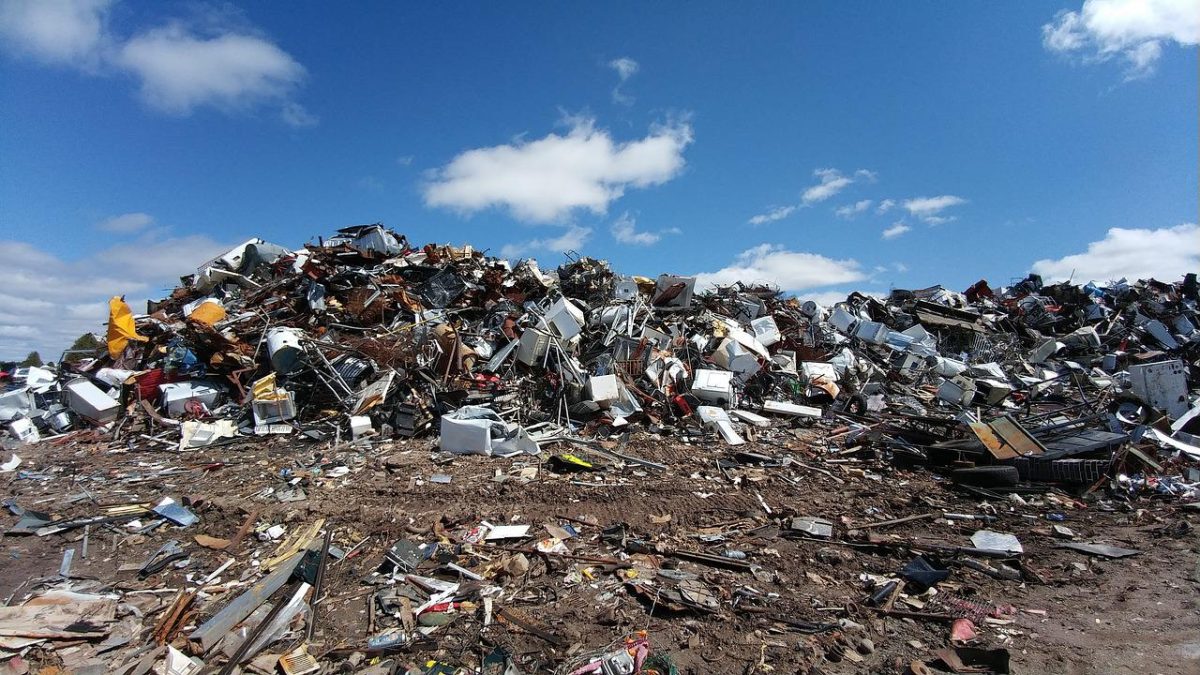Eliminating Manufacturing Waste
Eliminating Manufacturing Waste
There are myriad types of waste produced in manufacturing. It could be an actual product that was over-produced, or it could be an excess of downtime during the distribution process. Let’s take a look at what is considered manufacturing waste, and how it can be reduced or eliminated.
What is Manufacturing Waste?
Businesses experience manufacturing waste in a variety of forms. Here are some of the most common examples of manufacturing waste.
Defective Product
When a product doesn’t meet exact specifications, it’s considered a defect and is a form of waste for a business. The resources to create the defective product were wasted, and the final product itself is a waste.
Ideally, a defective product could be recycled or donated to avoid a total loss for the business. However, in some industries that is not the case due to safety or health concerns. It’s also important to note that defective products can either be written off as a damaged product loss or as a charitable donation; they can’t be both when it comes to taxes.
Inventory Overstock
Inaccurate forecasting may lead to inventory overstock. The excess of unsold products is a form of manufacturing waste because of the time, money, and materials used to create the product, as well as the space used to store it.
Transportation
Waste can be generated when resources are poured into transportation, whether it’s necessary or not. If a business manufactures a product in one warehouse but has to store it in another location prior to shipping, that’s a form of waste. If a business does have a facility in which everything can be manufactured and housed, an inefficient layout can be a form of transportation waste.
Underutilized Resources
Businesses that aren’t using efficient management systems, such as those offered by Guide Technologies, to streamline and automate their processes are producing more waste than is necessary. Likewise, if the talents of employees aren’t being utilized to their fullest potential, it’s a waste for the business.
Downtime
Time spent waiting for inventory to be delivered, for equipment to be fixed, or for overstocked products to be sold is considered manufacturing waste.
Unnecessary movement
Did you know that unnecessary movement is also a form of manufacturing waste? If employees or machines are conducting motion that isn’t absolutely essential to production, it’s a waste. Or, if a task is being completed manually when it could be done automatically, it’s unnecessary motion.
Excess Processing
Attention to detail is important in any business, but in manufacturing, sometimes it can be taken to the extreme. If your business is spending an inordinate amount of time or money meeting a standard that isn’t necessary, it’s wasteful. Or, if you’re spending time correcting mistakes made by employees, it’s manufacturing waste. Avoid over-processing and incorrectly processing by utilizing management systems and software that simplifies the work for you.
WHAT DOES MANUFACTURING WASTE COST YOU?
As a business, your manufacturing waste is costing you money. On average, “20% of every dollar spent in the industry is wasted – adding up to $8 trillion.” That dollar value is equivalent to 10% of the global gross domestic product.
Reducing and Eliminating Manufacturing Waste
Ideally, optimizing manufacturing processes is the first step toward eliminating manufacturing waste. However, there are several ways to reduce waste in both pre- and post-production.
Conduct an Audit
In order to know how your manufacturing process can improve, you first need to pinpoint waste generators. Conduct a waste audit to identify where you can be more efficient, and how to achieve that goal. Is there excessive waste being produced in your supply chain? Are you experiencing high employee turnover, leading to wasted time training new hires regularly? What slows down the transit of goods from your warehouse to your customers?
Improved Inventory Management
Invest in a warehouse management system that accurately forecasts your inventory needs. Use real-time analytics to know what you have in stock at all times, and to efficiently process transactions for both vendors and customers. If you can avoid overstocking inventory, you reduce manufacturing waste.
While you’re at it, be sure your warehouse, production, and/or shipping facility has an organized layout, and that everything is labeled. Avoid wasting time looking for something, which can have a domino effect down the line.
Small Batch Manufacturing
In addition to streamlining inventory management, consider a switch to small-batch manufacturing. Generating fewer products at a time can reduce the likelihood of being left with unsold inventory in your warehouse.
Eco-Friendly Packaging
When it comes time to ship products to customers, utilize eco-friendly packaging. Recyclable packaging can reduce the waste that your company contributes to landfills. Leading by example, you may also encourage your supplies to reduce their own packaging materials, ensuring that there is less waste produced from start to finish.
Volume Reduction
Speaking of landfills, does your business have a process for separating hazardous waste from non-hazardous waste prior to disposal? If you can reduce the volume of waste that has to be disposed of due to contamination, you increase the volume of what is recyclable.
Reuse and Recycle
Besides separating hazardous and non-hazardous waste materials, also consider separating recyclable materials from your waste. Western Elite shares an article that highlights how few materials are recycled annually in the United States. Ranging from cardboard and metal to glass and plastic, there is more we can be doing to keep recyclable materials out of landfills.
Preventative Maintenance
Avoid wasting time by providing regular, preventative maintenance at your production facility or warehouse. Keeping equipment in working order means you’re less likely to be faced with disruptions due to broken or damaged equipment.
Clearly communicating expectations with vendors, employees, and customers is a great way to reduce or eliminate manufacturing waste. Everyone needs to know what is expected of them and how they can carry out their instructions in order for the organization as a whole to succeed.
BENEFITS OF REDUCING MANUFACTURING WASTE
Obviously, you save money when you reduce how much waste is produced by your business. You’ll spend less money on materials, resources, and storing products that don’t sell. You’ll also reduce your business’s carbon footprint by reducing how much physical waste you contribute to landfills, whether it be via defective products or excessive packaging materials.
Additionally, having a more streamlined system that reduces waste can result in more satisfied employees and customers.


 Follow
Follow





No Comment